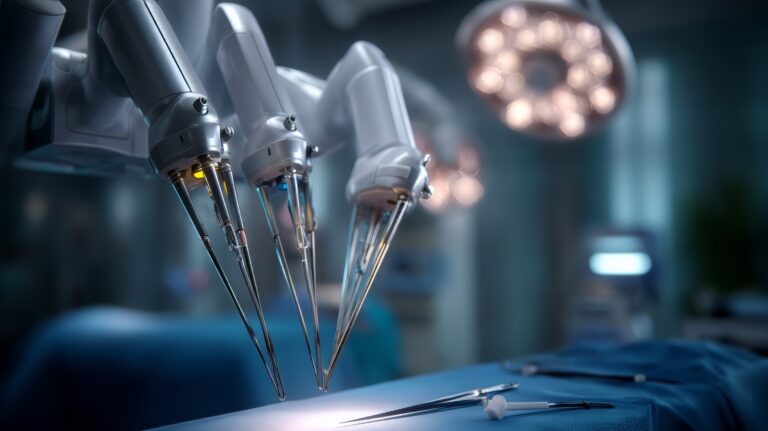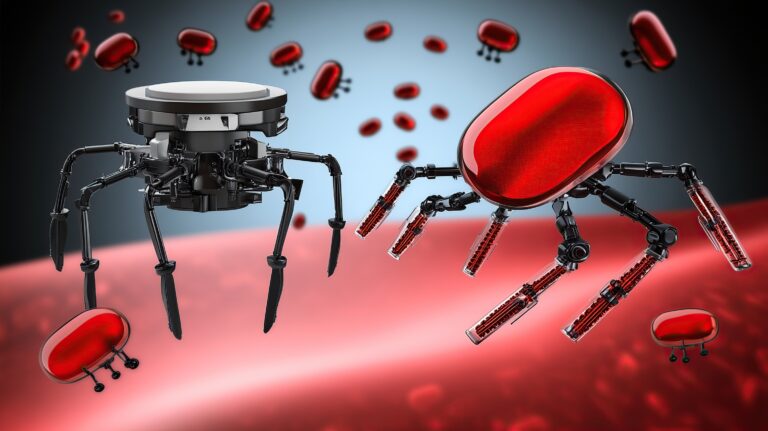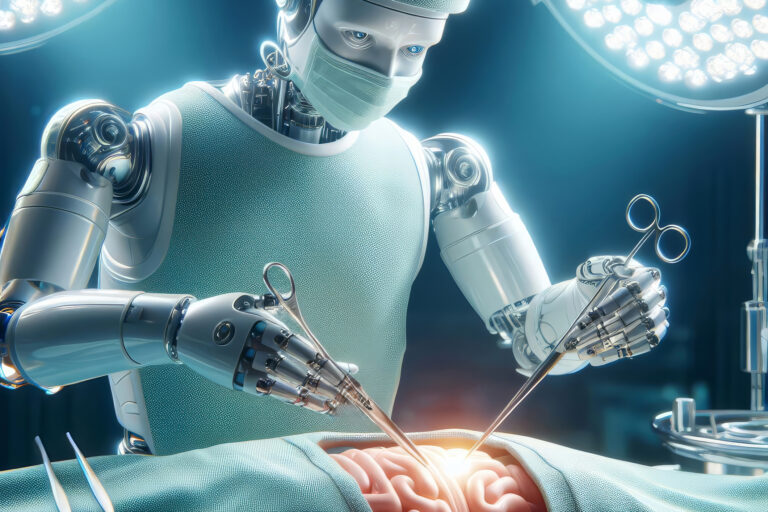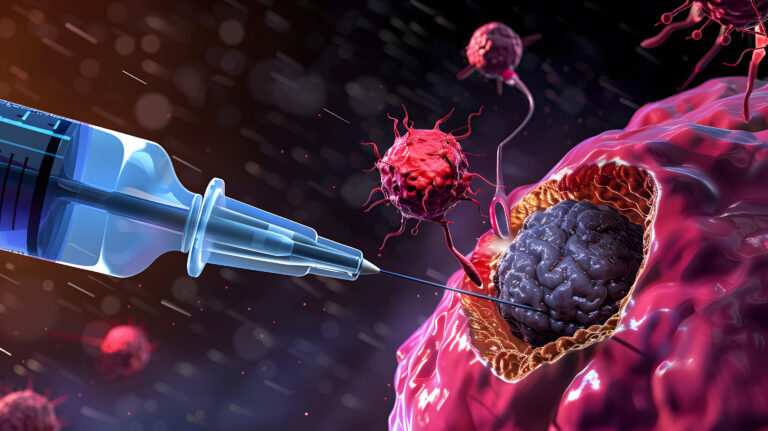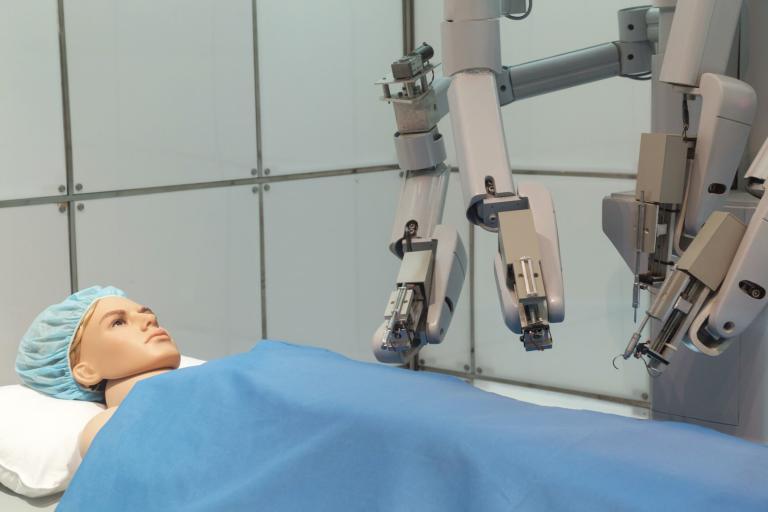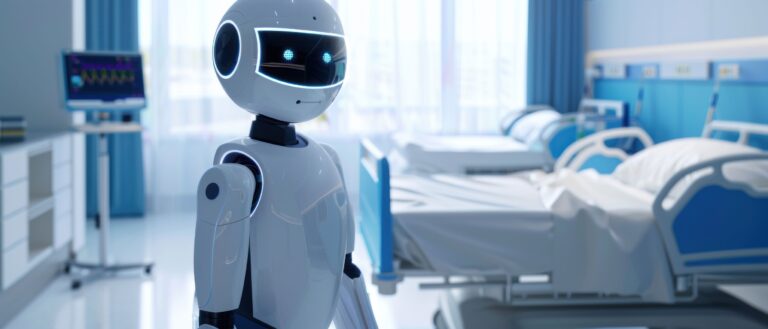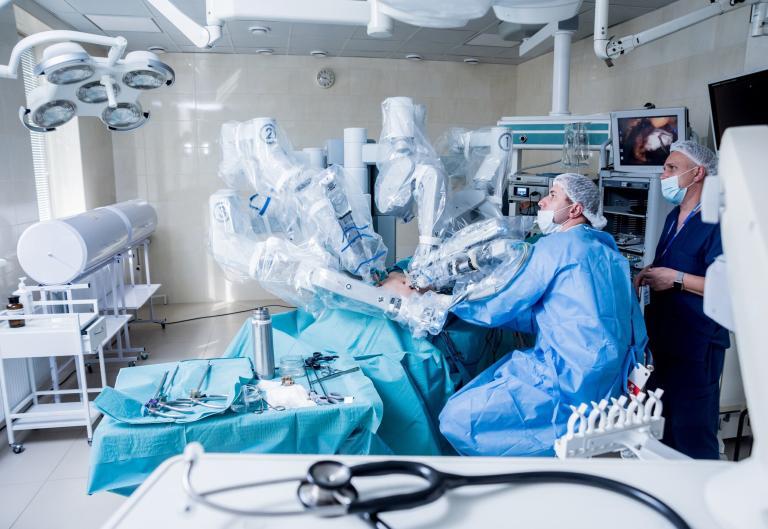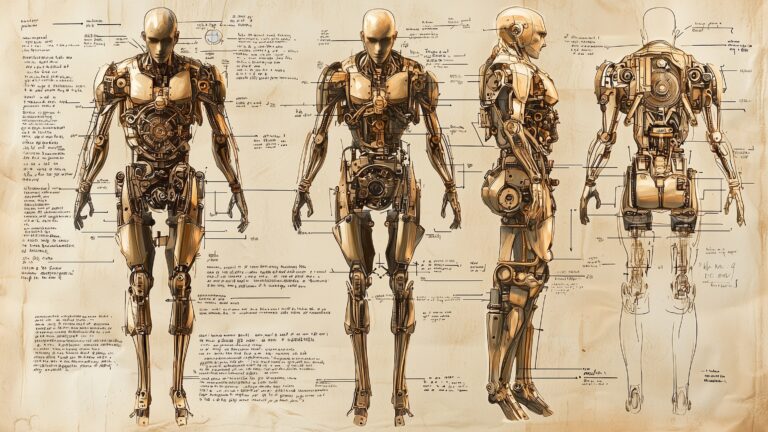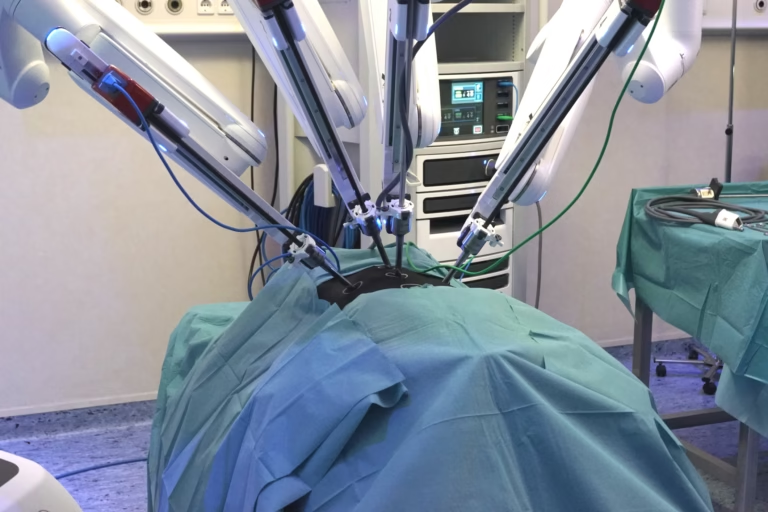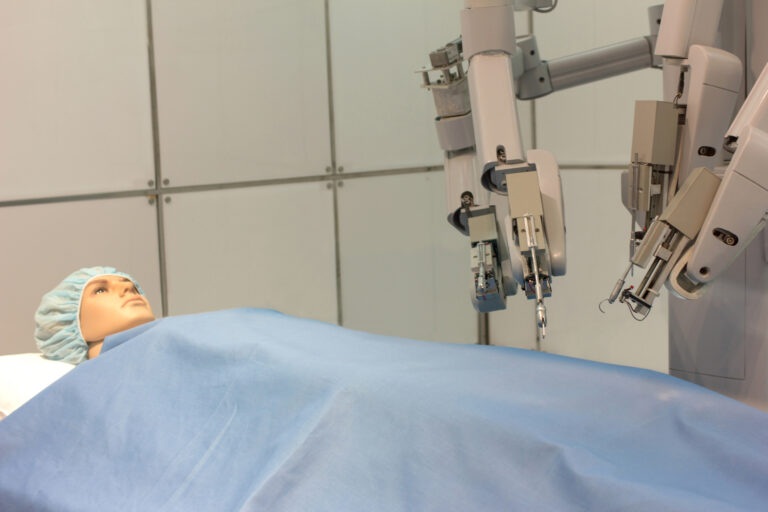Medical Robotics
Medical robotics is an advancing field that merges engineering, computer science, and clinical expertise to enhance diagnosis, surgery, rehabilitation, and patient care. Innovations in artificial intelligence, miniaturisation, and computing power are accelerating the development of these systems, which aim to improve procedural precision, enhance safety, and reduce recovery times.
Historical Background
Medical robotics began over three decades ago when a robot guided by computed tomography was used to place a probe in the brain to obtain a biopsy specimen. Initial autonomous systems capable of performing specific urological procedures and orthopaedic surgeries did not achieve widespread adoption. This led to the evolution of surgeon-controlled systems, which remain the dominant approach today.
Robotic-Assisted Surgery
Robotic-assisted surgery is the most established application of medical robotics. Platforms such as the da Vinci Surgical System enable minimally invasive operations through small incisions, supported by high-definition three-dimensional imaging, tremor reduction, and scaled instrument movement. These features provide enhanced precision and control, with patient benefits including fewer minor wounds, reduced blood loss, and faster recovery times.
Specialist systems are now being developed for single procedures such as knee or hip replacement, alongside platforms that integrate artificial intelligence to support surgical decision-making. In neurosurgery, automated robotic arms combined with advanced visualisation technology can track surgical instruments and adjust positioning in real time.
Rehabilitation Robotics
Robotics plays an increasingly important role in rehabilitation. Powered exoskeletons and therapy devices assist patients recovering from strokes, spinal cord injuries, and other neuromuscular conditions by delivering repetitive, controlled movement essential for neuroplasticity. These systems can adapt to the patient’s progress, creating personalised recovery programmes. Advances in robotic prostheses, including bionic skin and neural interfaces, allow for greater user control and improved mobility.
Diagnostic and Hospital Applications
Medical robots are streamlining diagnostic and operational processes within healthcare settings. Autonomous mobile robots can deliver medication, transport supplies, and disinfect rooms using ultraviolet light. Robotic endoscopes and capsule-based systems can navigate internal passages to perform biopsies, cauterise bleeding vessels, and capture diagnostic images. Microrobots capable of travelling through blood vessels to deliver targeted therapies are under development, alongside experimental nanorobots designed to bind and remove harmful bacteria from the body.
Nursing and Patient Care
Robotics is extending into nursing, with prototypes capable of monitoring patients, updating digital records, drawing blood, and transporting equipment. Such systems aim to reduce workload pressures on healthcare staff and improve operational efficiency.
Challenges and Considerations
Despite significant advances, barriers remain to widespread adoption. High equipment costs, extensive training requirements, potential technical malfunctions, and questions over liability in the event of errors must be addressed. Maintaining patient trust and protecting sensitive medical data will be essential as robotic systems become increasingly networked and autonomous.
Future Directions
Medical robotics is expected to evolve towards greater autonomy, enhanced haptic feedback, miniaturisation, and wider accessibility. As these technologies mature, their integration into surgical, rehabilitative, diagnostic, and patient care settings offers the potential to deliver safer, more efficient, and more personalised healthcare.
You are here:
home » Medical Robotics

